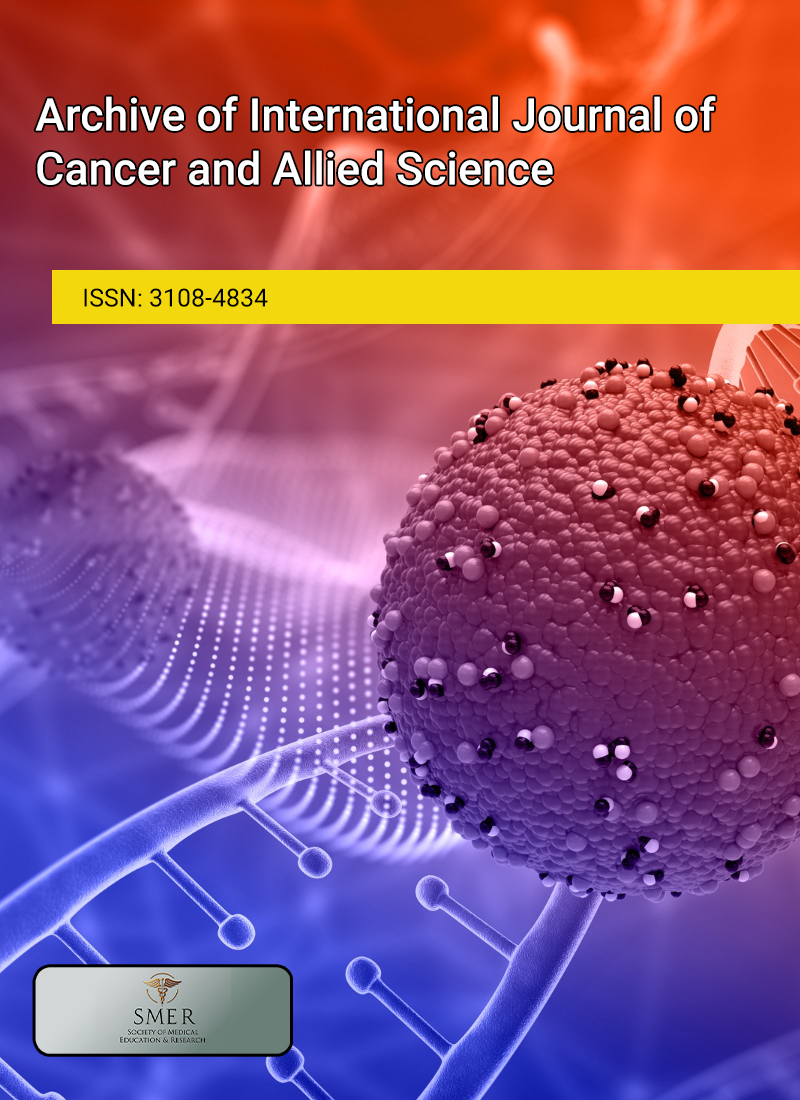
Oral submucous fibrosis, which is considered a potentially malignant disorder, progresses gradually and often goes unnoticed due to its subtle onset. This chronic condition carries a measurable risk of developing into oral squamous cell carcinoma, a risk quantified through what is known as the malignant transformation rate. The reported figures for this transformation have varied widely across different demographic and clinical studies. To further investigate this issue, the present review systematically evaluated observational studies to assess the malignant transformation rate associated with oral submucous fibrosis and to pinpoint contributing Risk factors. A detailed database search was executed using MeSH terms and targeted keywords within PubMed, Cochrane, Science Direct, and Google Scholar. From an initial collection of 190 records, only 7 studies met the eligibility standards after screening. The malignant transformation rate observed across these selected publications spanned from 3.72% to 38.15%. Among the identified risk factors, habitual betel quid consumption emerged most prominently in association with cancer progression. Interestingly, the rates identified in this review exceed the commonly cited transformation statistics, signaling a need for heightened clinical alertness. Routine biopsy is crucial when managing such lesions to exclude underlying dysplastic or malignant alterations. A notable lack of long-term follow-up studies—particularly among Indian populations—was also observed, indicating a pressing gap in existing research and a need for more extensive research in this field.